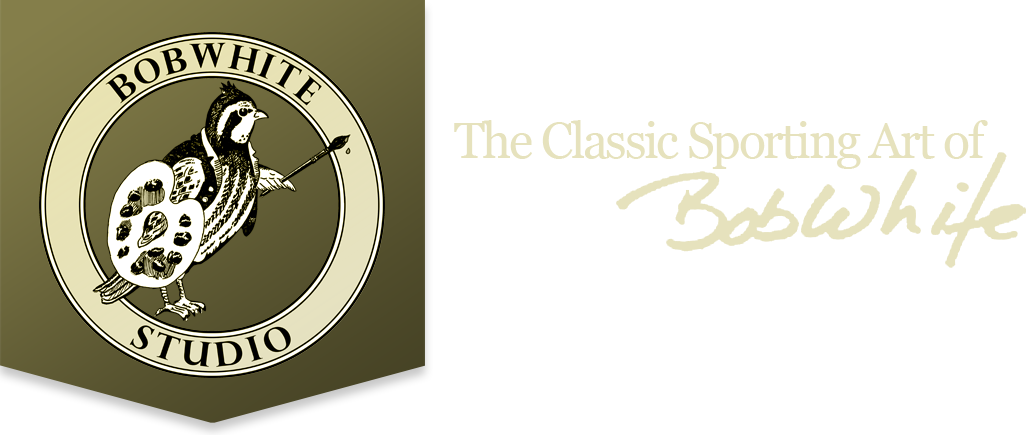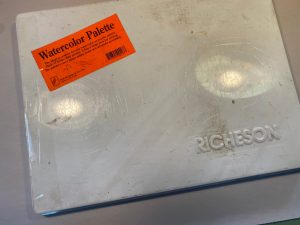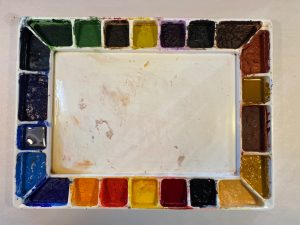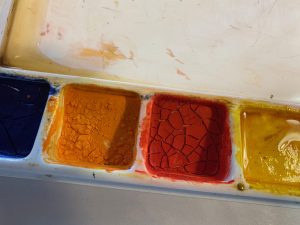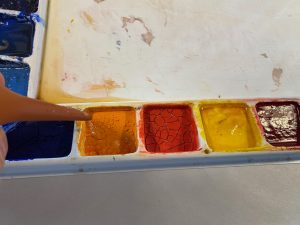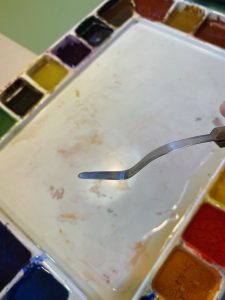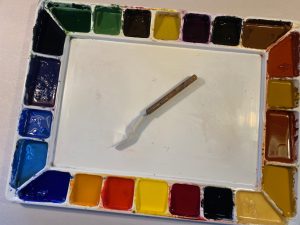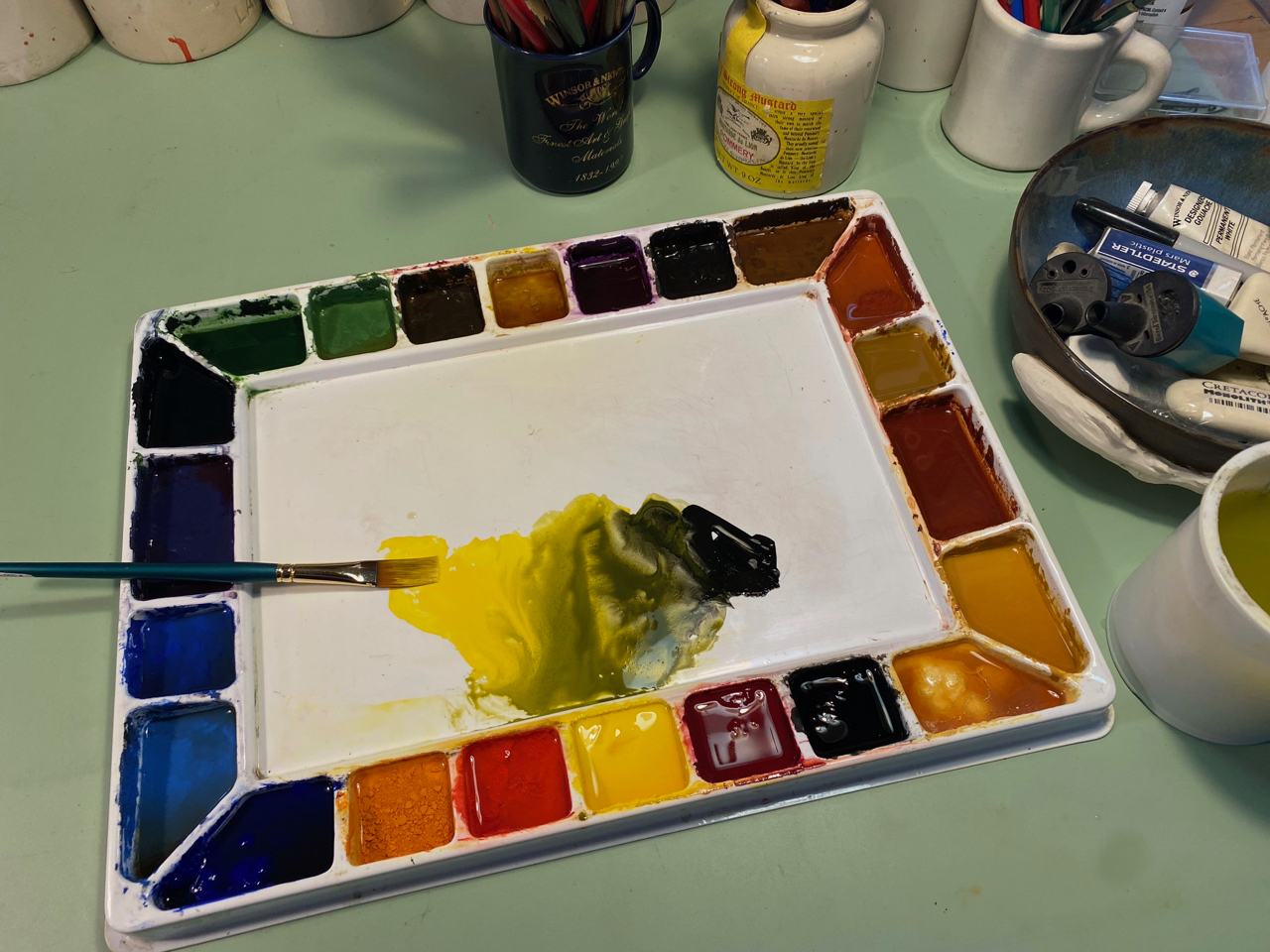
A friend, who usually paints in oils, recently switched back to watercolors thinking they’d give him more flexibility, but he found that his paintings looked pale and washed-out.
Looking for advice, he contacted me about my choice of paints and palette.
“I’m using transparent colors,” he explained. “Do you use just transparent elements, or do you use permanent pigments as well, and if so, which permanent pigments do you use?”
I assumed that his paintings look washed out because he was using watercolor cakes instead of tubes of color – I find that it’s difficult to get strong colors with cakes and prefer using tubes for this very reason. I’ve painted with a “wet” palette for decades because doing so allows me to achieve rich colors; as strong as my oil paints. To maintain a wet palette, I’ve chosen one that can be covered when not in use. Even with the cover I occasionally have to add a bit of water to keep my colors from drying out… especially when using it infrequently.
I went on to explain that my understanding of the term “permanent pigment” refers to the pigment’s ability to resist fading, not necessarily the intensity or opacity of the color. I went on to point out that even if high-end, permanent colors are used, a watercolor should never be hung on direct sunlight, as it will fade.
He explained that he uses a “Pike” palette, and places small amounts of tubed colors in individual cells, reactivating them with water when they dry.
“Are you squeezing out fresh color as you need it,” he asked, “diluting with water to get the values you want?”
I took this to mean that he was using his tubes of watercolor much like oil paints – squeezing out and diluting only the color needed to paint a particular passage.
I explained that I usually keep a whole tube’s worth of color in each compartment and transfer combinations of colors to the “mixing area” of the palette where I add water to obtain the desired value and hue. I thought that perhaps it would be helpful to show him my palette and how I maintain and use it.
This is the palette I’ve used for nearly 30 years.
I fill each section with color, straight from the tube, and add a few drops of water with a bulb syringe that I keep just for that purpose. I then mix in the water with a specially adapted palette knife until the paint is the consistency of heavy syrup.
My palette seems to seal well enough, but it can’t be ignored indefinitely. If so, the colors will dry, and I might as well paint with cakes.
When this happens, the colors can be reconstituted with a bit of water, some time to soak, and a little knife work to mix everything together. I’ll sometimes refresh trays which are low, thoroughly mixing in the fresh color to ensure there are no granules of dry color remaining, as these will cause “hot-spots” in a wash.
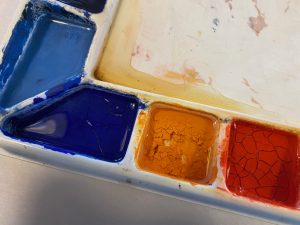
Waiting for the dry colors to reconstitute before mixing with a small knife that has been modified to fit the trays on the palette. I’m certain that there are also small painting knives available that will fit any palette.
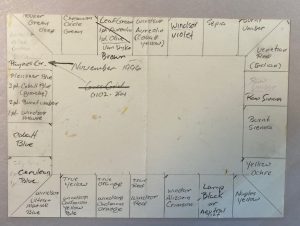
I find it very useful to keep a diagram of the colors I use… and I find it interesting to have a history of its evolution.
I prefer Winsor Newton colors… probably because I’m used to them for so many years and I’m intimately familiar with them. Even though they are a bit more expensive, I recommend using quality paints.
I’ve kept a diagram of my palette for decades. If you look at the left side of it you’ll notice that I mix some of my own colors. One in particular, which I call “Pleissner Blue, is three parts cobalt blue gouache, two parts burnt umber watercolor, and one part Winsor mauve watercolor.
I include gouache in the mix because I like the semi-opacity it imparts to the blend.
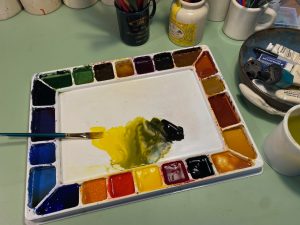
Contrary to some color theory, black and yellow often make a useful shade of green. Many thanks to our dear friend, Barbara Redmond for reminding me of this!
All of my mixing is done in the center of the palette in a concerted effort to keep the individual colors as pure and unmuddied as possible.
